Traditional Reptile Feed
- Ingredients: 100% dried black soldier fly larvae (Hermetia illucens)
Nutritional Information (per 100g):- Protein: 45-55g
- Fat: 30-35g
- Fiber: 5-8g
- Calcium: 6g
- Phosphorus: 1-2g
- Omega-3: 1-2g
- Vitamin A: 1000-2000 IU
- Vitamin B1: 0.5-1mg
- Vitamin B2: 1-2mg
10 Superiorities of Dried Black Soldier Fly Larvae (BSFL) Over Traditional Reptile Feed
WINVN INT CO., LTD proudly delivers sustainable and innovative feeding solutions for reptiles. Below are ten key advantages of Dried Black Soldier Fly Larvae (BSFL) over traditional feeder insects:
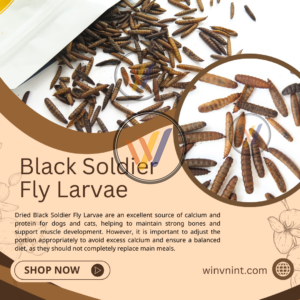
1. Superior Nutritional Profile
BSFL are rich in protein, essential fatty acids (Omega-3 & Omega-6), calcium, phosphorus, and essential vitamins, providing comprehensive nutrition that supports reptile health, growth, and vitality.
2. Highly Palatable and Convenient
With a natural scent and flavor, BSFL are highly appealing even to picky reptiles. They offer a mess-free feeding solution, eliminating the challenges of handling live insects like escapees or gut-loading.
3. Improved Digestibility and Nutrient Absorption
The soft exoskeleton of BSFL ensures easy digestion, leading to better nutrient absorption. As a result, reptiles can maximize their nutritional intake, while owners benefit from reduced waste production compared to feeding tougher insects like mealworms.
4. Natural Source of Calcium
BSFL are naturally high in calcium, a critical mineral for bone health, proper shedding, and egg development in reptiles. This abundance of calcium eliminates the need for additional supplementation, simplifying the feeding process for pet owners.
5. Reduced Risk of Parasite Transmission
Dried BSFL carry a minimal risk of harmful parasites, offering a safer feeding option. This significantly reduces the likelihood of introducing pests or pathogens into the reptile’s environment, ensuring a healthier habitat.
6. Hypoallergenic and Novel Protein Source
BSFL provide a novel and hypoallergenic protein source, less likely to trigger allergies in reptiles. This makes BSFL an excellent choice for reptiles with sensitivities, ensuring they receive a balanced and healthy diet without adverse reactions.
7. Sustainable and Eco-Friendly Production
BSFL production is environmentally sustainable, requiring less water, feed, and land compared to traditional insect farming. Additionally, BSFL emit fewer greenhouse gases, making them an eco-friendly and responsible choice for environmentally conscious pet owners.
8. Long Shelf Life and Easy Storage
Dried BSFL boast a long shelf life and do not require refrigeration. This offers convenience and cost savings for reptile enthusiasts, allowing them to store their feed without worrying about spoilage or the need for specialized storage conditions.
9. Versatile Feeding Option
BSFL can be offered dry or rehydrated, catering to the diverse dietary preferences of different reptile species. Whether used as a staple food, dietary supplement, or occasional treat, BSFL provide flexibility in feeding, ensuring that each reptile receives the nutrition it needs in a format it prefers.
10. Cost-Effective Alternative
BSFL offer premium nutrition at a competitive price, making them an affordable alternative to traditional feeder insects. This cost-effectiveness ensures that pet owners can provide high-quality nutrition without compromising their budget, enhancing both pet health and owner satisfaction.
OEM & ODM Solutions from WINVN
WINVN INT CO., LTD specializes in customized solutions for businesses:
- Flexible Minimum Order Quantities (MOQs): Starting at just 50 units, ideal for startups and established businesses alike.
- Custom Branding and Packaging: Personalized labels, packaging designs, and value-added services like laser engraving.
- Innovative Product Development: Expertise in creating tailored formulations that align with market trends and consumer demands.
The WINVN Team – Your Trusted Partner
At WINVN INT CO., LTD, we’re committed to providing excellence through:
- Customer-Focused Service: Transparent communication and quick response times to meet your needs effectively.
- Global Reach: Trusted by clients in over 40 countries, including the USA, Japan, Germany, and more.
- Commitment to Quality: Ensuring all products meet and exceed international standards.
- Sustainability Initiatives: A portion of profits is donated to environmental and community initiatives, aligning with our vision of a better future.
Choose WINVN INT CO., LTD for high-quality, innovative, and eco-friendly reptile feed solutions that combine quality, innovation, and sustainability. 🌿
WINVN INT CO., LTD
Natural joy made in Vietnam
☎️ +84 932 118 447
📧 info@winvnint.com
🌐 winvnint.com
🌐 https://winvnint.trustpass.alibaba.com/
📌 29, 29 Street, Van Phuc Residence, Thu Duc City, Ho Chi Minh City, Vietnam
Be the first to review “Traditional Reptile Feed” Cancel reply
Related products
Product new
Product new
Product new
Product new
Product new
Product new
DOG TOYS
Cat Scratcher
 Tel: (+84) 932 118 447
Tel: (+84) 932 118 447  Email: info@winvnint.com
Email: info@winvnint.com 










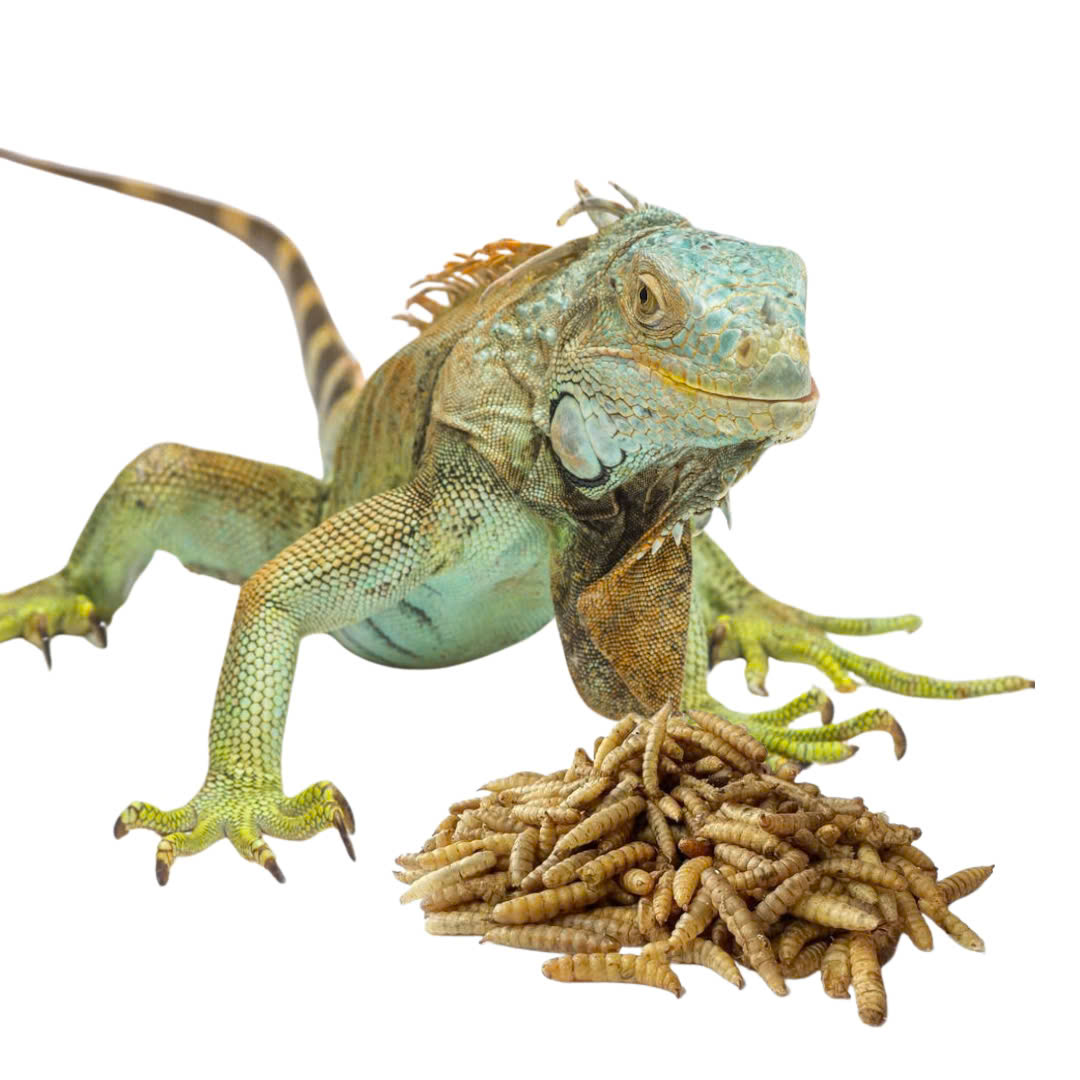
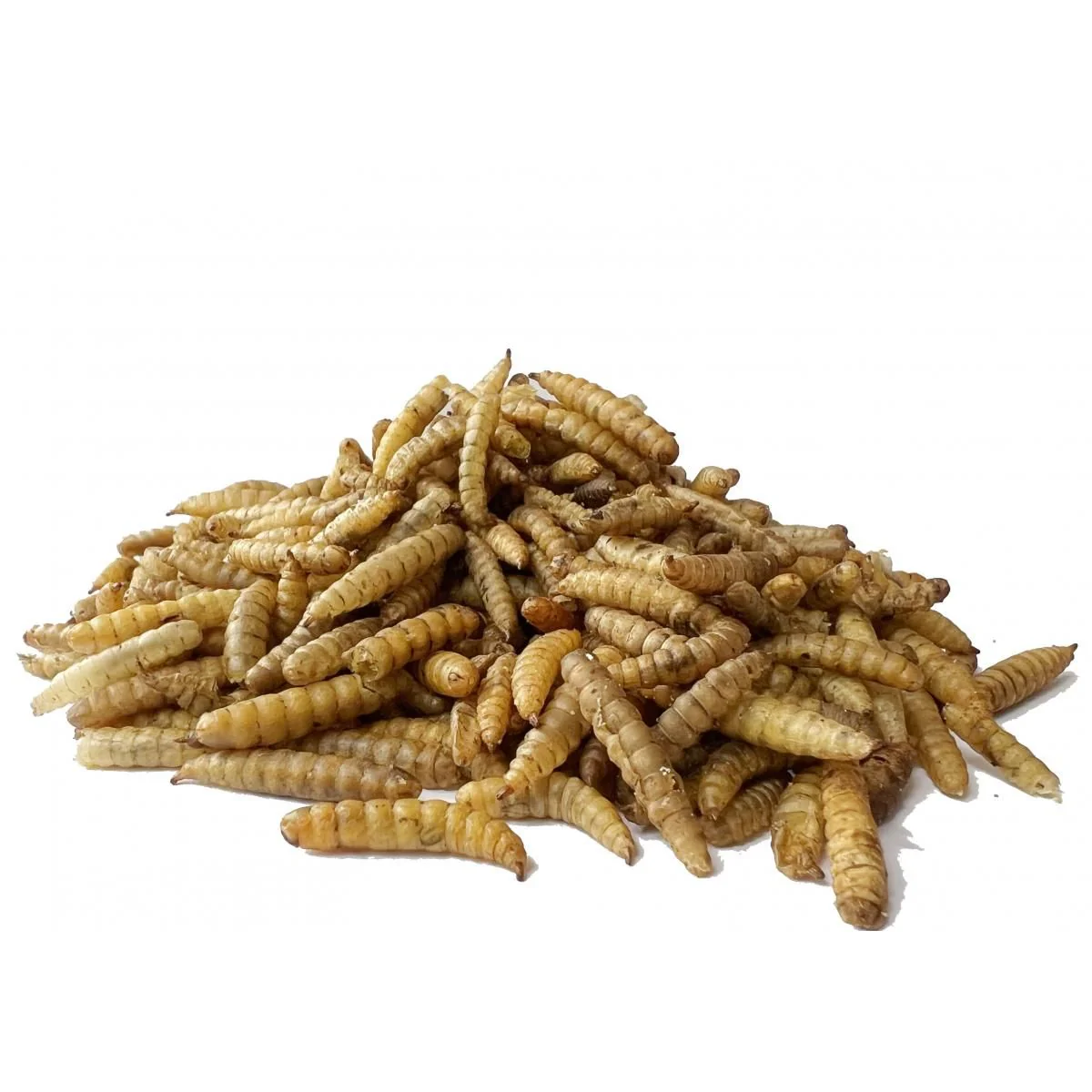
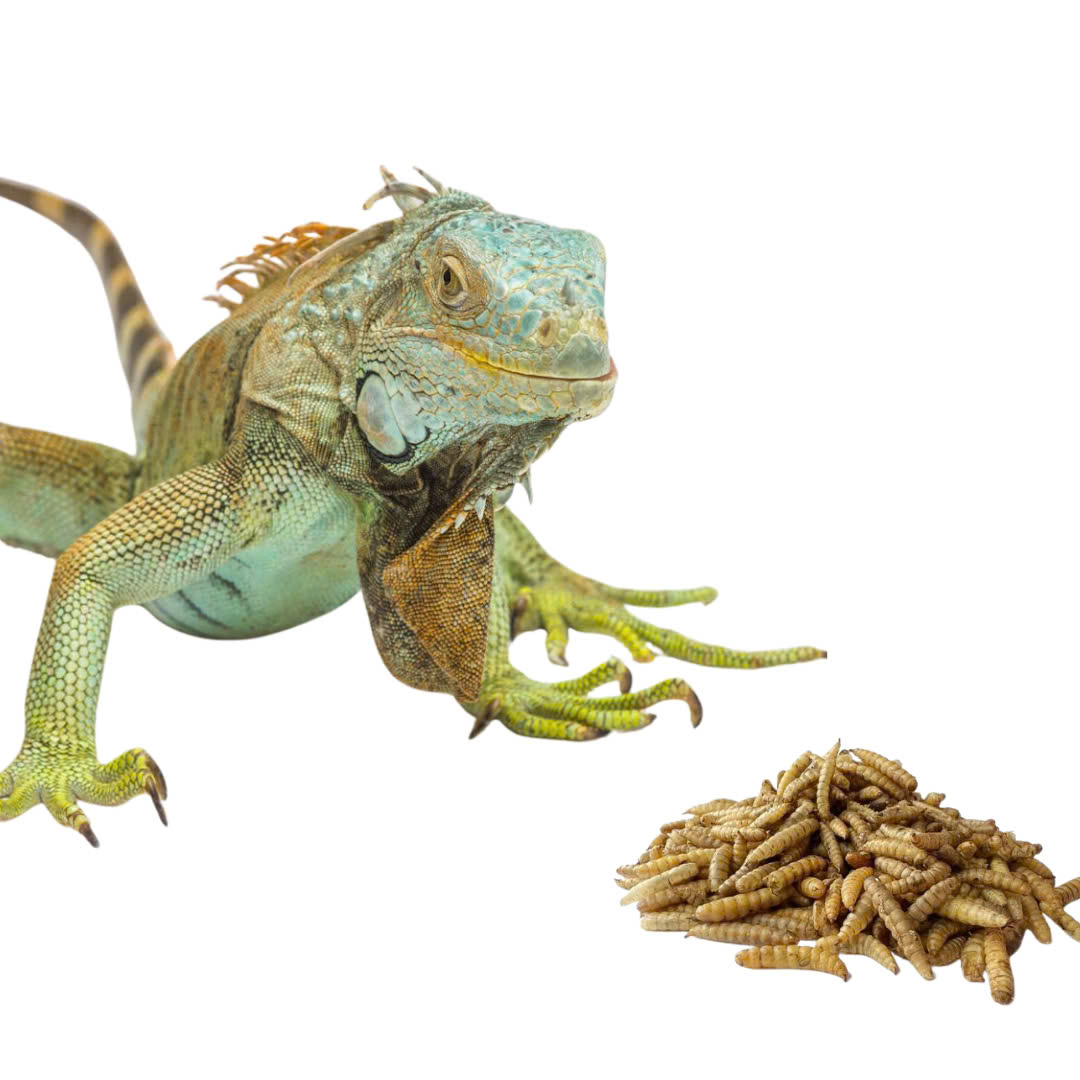
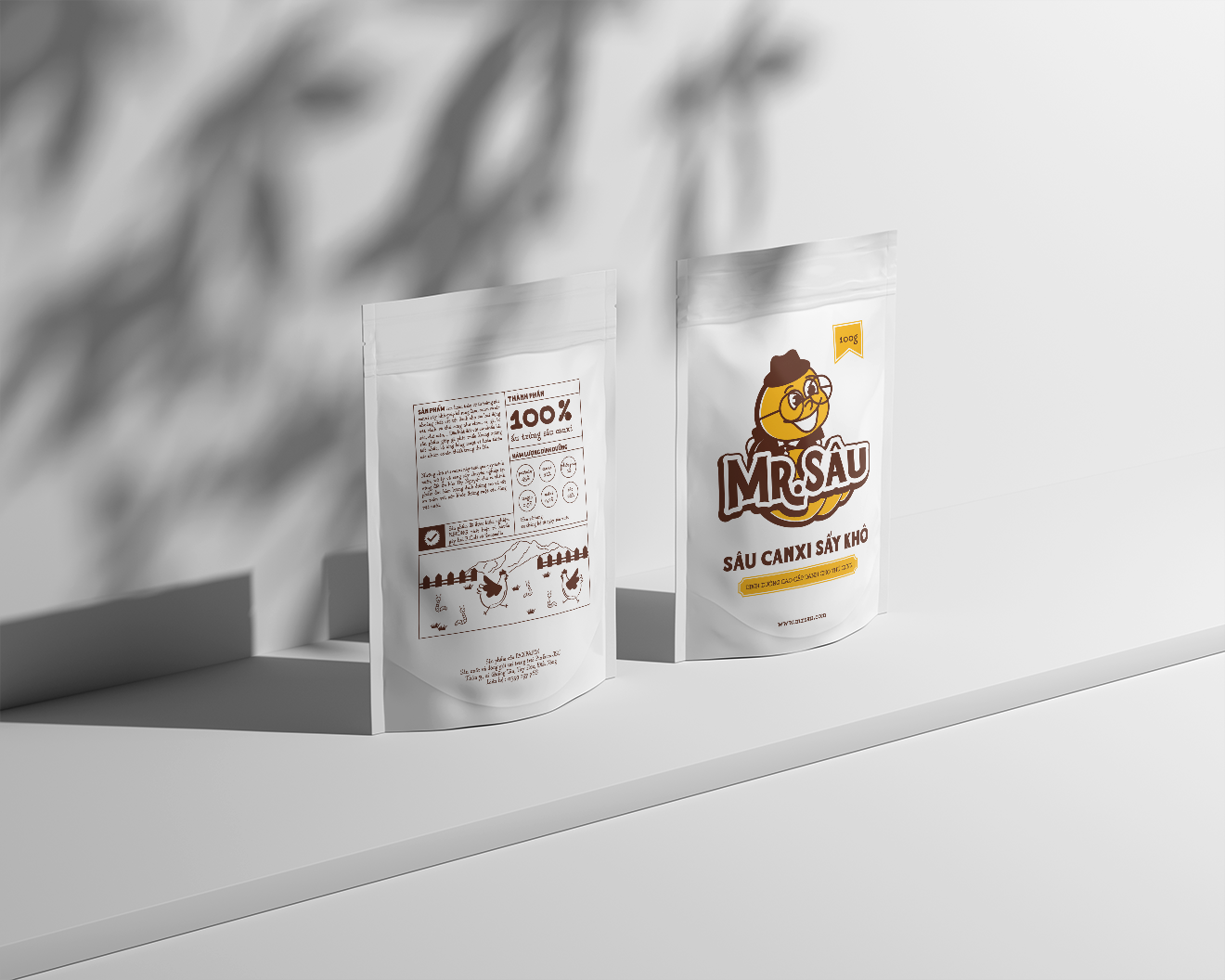
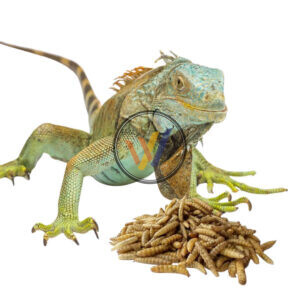
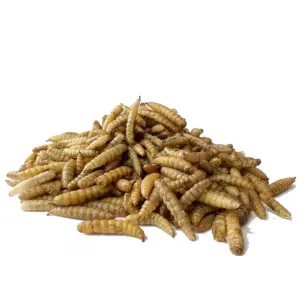
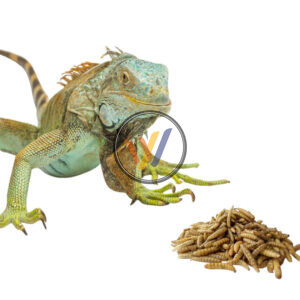
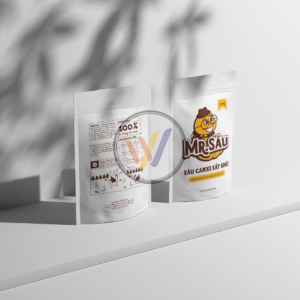
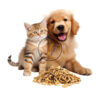
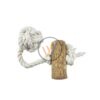
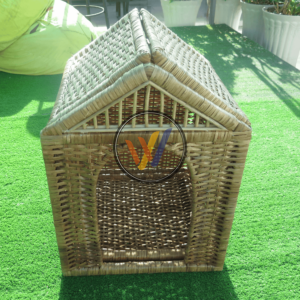
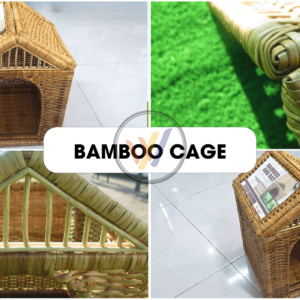
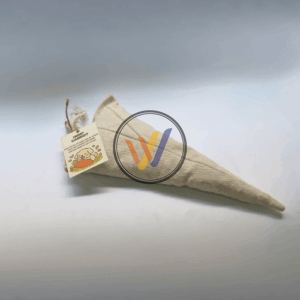
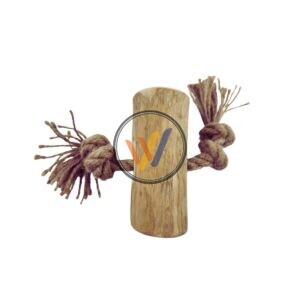


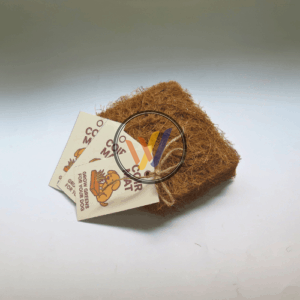




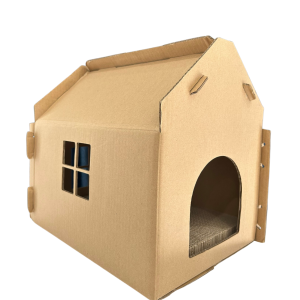
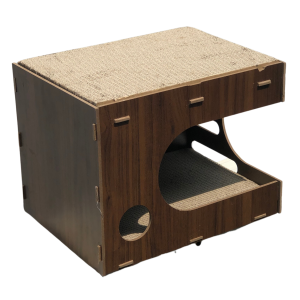
Reviews
There are no reviews yet.